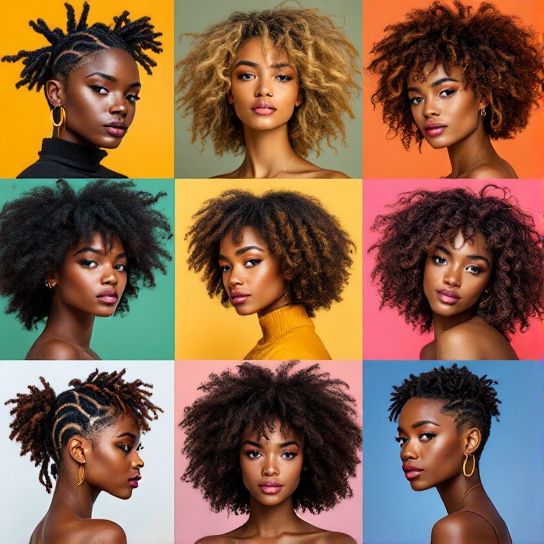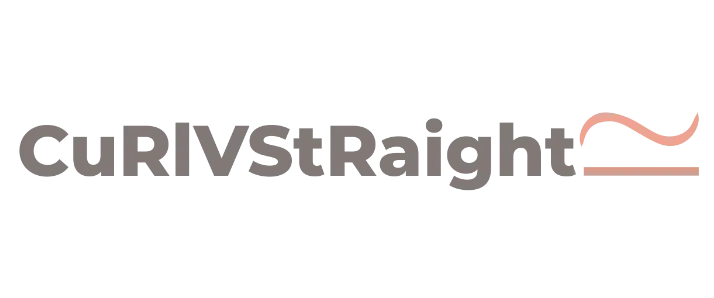
Every family is unique, with its own blend of heritage, traditions, and, increasingly, hair textures. As multicultural families become more prevalent, one parenting challenge emerging is helping children embrace their inherent beauty, especially when their hair texture differs from their parents’. This guide intends to offer comprehensive, actionable advice for fostering a positive hair care experience and nurturing a child’s self-confidence for families with diverse hair textures.
—
Embracing Diversity: A Foundational Approach
Hair care among children isn’t merely about managing tangles or choosing the right products; it’s about building confidence and celebrating unique identities. According to a **2021 study by the Journal of Family Psychology**, children who learn to appreciate their physical characteristics, such as hair, tend to develop higher self-esteem and are more resilient against societal pressures. Thus, teaching children to love their hair is integral to fostering self-worth.
Understanding Hair Types and Textures
Before delving deeper into personalized hair care strategies for kids, it is essential to understand different hair textures scientifically cataloged according to the Andre Walker Hair Typing System. This classification can be pivotal in determining care routines tailored specifically for each type:
- Type 1: Straight
- Type 2: Wavy (2A – loose waves, 2B – beach waves, 2C – deep wave patterns)
- Type 3: Curly (3A – soft curls, 3B – springy ringlets, 3C – tight curls)
- Type 4: Coily (4A – tight coils, 4B – cotton-like z-angled strands, 4C – very tight curls)
Understanding your child’s specific hair type allows you to tailor care routines to meet their needs and develop appreciation activities around their hair’s natural qualities.

Family Texture Differences: A Sensitive Dialogue
Fostering acceptance starts with open conversations. Here’s how you can begin this essential dialogue with your child:
- Use Positive Language: Describe the texture differences in hair using positive language. For example, discuss how every curl coil can capture sunlight 🌞, creating a spectacular display of hues.
- Story Sharing: Share stories about family heritage that connect hair textures with familial or cultural history. Discuss the beauty of diverse genetics and how these create varied and beautiful hair textures.
Teaching Hair Care
Building a Hair Care Routine
Consistent routines give children a structure that includes practical care and a bonding experience. Here’s how you can create a routine:
- Mindful Moisturizing: Hair types 3 and 4 often require intense hydration 👩🏿🦱. Ensure that a conditioner is appropriately used to prevent dryness and breakage. According to the National Center for Biotechnology Information (NCBI), moisturizing curly and coily hair regularly with hydrating agents sustains the hair shaft’s elasticity.
- Gentle Detangling: Employing wide-tooth combs for wavy or curly hair greatly reduces breakage. Detangling should always begin at the ends, patiently working upwards to roots while hair remains damp or conditioned. This method, recommended by the American Academy of Dermatology (AAD), maintains hair health and avoids unnecessary tension.
Product Choices
The key to drawing admiration for natural hair is using products that enhance individual beauty rather than suppress it.
- Sulfate-Free Shampoos: Sulfates may strip natural oils essential for maintaining hair hydration, which is especially detrimental to type 3 and 4 hair.
- Conditioners with Natural Oils: Opt for products containing ingredients like shea butter or jojoba oil, proven to add moisture to needful hair, making it easier to manage.
Fun, Engaging Activities for Skill Development

When children get involved in hair care, it turns a mundane task into an enjoyable ritual.
- DIY Hair Accessories: Encourage creativity by making hair accessories such as headbands and clips, allowing them to explore different styles.
- Hair Spa Day: Host a spa day focusing on hair pampering—a great bonding activity and one that reinforces loving one’s natural texture. Conduct treatments with safe, homemade natural masks using avocado or honey.
Celebrating Hair Through Representation
Infuse your household with materials and media reflecting diverse beauty standards:
- Books and Media: Ensure your home library includes books like “Hair Love” by Matthew A. Cherry, celebrating different hair textures. Such literature provides cultural and emotional awareness, helping young readers appreciate diversity.
- Social Influences: Expose your child to diverse role models and influencers who embrace natural hair on platforms enhancing universal acceptance visibility. Encouraging appreciation of admired figures with similar textures can promote confidence and self-love.
Case Study: The Impact of Positive Hair Identity
A **2019 report from Rice University** highlighted a family that implemented strategies to help their two daughters, both with type 4C hair, embrace their natural beauty. Through consistent routines, fostering positive representation, and meaningfully connecting hair to cultural discourse, the children developed strong self-esteem and a profound interest in sharing this knowledge with peers.
Overcoming Misconceptions: Robust Resistance Tactics

Finding reliable information and transformative trends in child hair care has never been easier; however, parents should be wary of misinformation that could adversely affect their care strategies.
- Shunning Harmful Practices: Avoid culprit hair styling toys like nylon-bristle brushes, which stability weaken hair textures by provoking excessive breakage and split ends.
- Scientific Scrutiny: Parents should maintain curiosity while verifying content authenticity before incorporating guidance into hair care routines.
Best Practices and Standards in Industry
By employing the following standards, families can fundamentally inculcate a culture promoting child hair health:
- Annual Professional Guidance: Regular consultations with professional hairstylists familiar with treating specific hair textures. This expert insight supports evolving knowledge when adapting routines.
- Endless Education: Pursue workshops and seminars that provide scientifically backed information, enhancing competency and ensuring children’s thriving hair health management at home.
Conclusion
Embracing and celebrating texture differences within families builds a legacy of self-love and pride. It is about creating experiences where children cherish care rituals, bond with family histories, and control appearances that underscore identity essence. Using informed knowledge, patient routines, and encouraging creativity results in not just a well-groomed child but one whose confidence echoes through generations.
With the thorough understanding of hair textures—equipped with updated methodologies, digital morale, and welcoming creativity—parents and guardians transform children’s journeys through hair care. It’s not just a head full of healthy hair, but a legacy 📚 of love, care, and understanding transcending Afros, locs, curls, and waves, painting their pictures amidst roaring diversity.
—
Thus, an encouraging presence, genuine knowledge sharing, and pride in texture differences shape the monumental gift of accepting oneself, equipping children to navigate their worlds assuredly and gracefully, with hairstyles flowing, coiling, or gently waving through narratives as unique as each strand among them.
Frequently Asked Questions
What are the benefits of using a hair mask in my hair care routine?
Using a hair mask can provide several benefits, including hydration, smoothing, strengthening, curl definition, heat protection, and damage repair. Hair masks infuse the hair with moisture, help coat the hair shaft to seal split ends, reduce breakage, and protect the hair from heat styling and environmental damage[1][4].
What ingredients should I look for in a hair mask?
Effective hair masks often include ingredients such as coconut oil, argan oil, shea butter, honey, avocado oil, green tea, and coconut water. These ingredients provide nourishment, moisturize, and protect the hair, offering benefits like softening, moisturizing, and protecting against damage[2][5].
How often should I use a hair mask in my routine?
You should use a hair mask whenever your hair feels dry, unmanageable, or in need of intense hydration. This can vary depending on your hair type and needs, but generally, using a hair mask once or twice a week can help maintain healthy and moisturized hair[1][4].
How do I apply a hair mask for the best results?
To apply a hair mask effectively, shampoo your hair first, then apply the mask, focusing especially on the ends where hair tends to be the most damaged. Leave the mask on for anywhere from 10 minutes to overnight, depending on the type of mask and your hair’s needs[1][4].
References


Leave a Reply